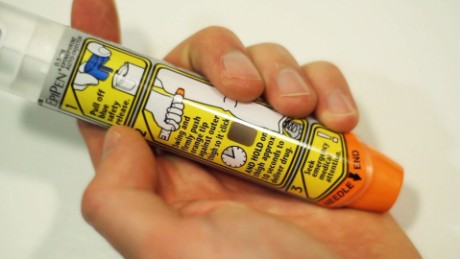The TGA this month approved a drop in the injection hold time for the EpiPen from 10 seconds to three seconds
With the sharp rise in cases of anaphylaxis over the past decade in Australia, a simplification of life-saving adrenaline injections is a welcome step, experts say.
The TGA this month approved a drop in the injection hold time for the EpiPen from 10 seconds to three seconds. The instruction to massage the injection site after administration was also removed from EpiPen labels.
The changes are supported by research confirming that the full dose of adrenaline (epinephrine) is delivered from a three-second injection. Massaging the injection site is now known to cause tissue irritation.
“A large proportion of allergy sufferers, and even healthcare professionals, can’t demonstrate the correct technique to use the EpiPen,” Dr Brynn Wainstein, the current president elect of the Australasian Society of Clinical Immunology and Allergy (ASCIA), said.
A simpler set of instructions would make delivery easier for patients and bystanders, he said.
“The change is also likely to make it easier for patients, especially for parents of younger children where it can be quite difficult to keep a distressed child still while giving the EpiPen,” Dr Wainstein said.
The changes will appear on product labels and the corresponding ASCIA Action Plan for Anaphylaxis from this month.
Patients can continue to use EpiPens with the old instructions but now only need to use an injection time of three seconds. However, the EpiPen will still work effectively if held for 10 seconds, as there has been no change to the mechanics of the devices.
There has been a steep increase in anaphylaxis rates in Australia over the past 16 years, with a 6% increase in deaths from anaphylaxis between 1997 and 2013.
Food allergies have become more severe and chronic in nature, with milk, eggs, peanuts, tree nuts, sesame, fish, shellfish, wheat and soy as the most common triggers. Bites or stings from bees, wasps, ants and ticks can also cause anaphylaxis.
The updated ASCIA Action Plan for Anaphylaxis states that abdominal pain or vomiting is only a symptom of anaphylaxis if a person has been bitten or stung by an insect.
If they experience these symptoms after food or medication it is considered a mild to moderate symptom.


